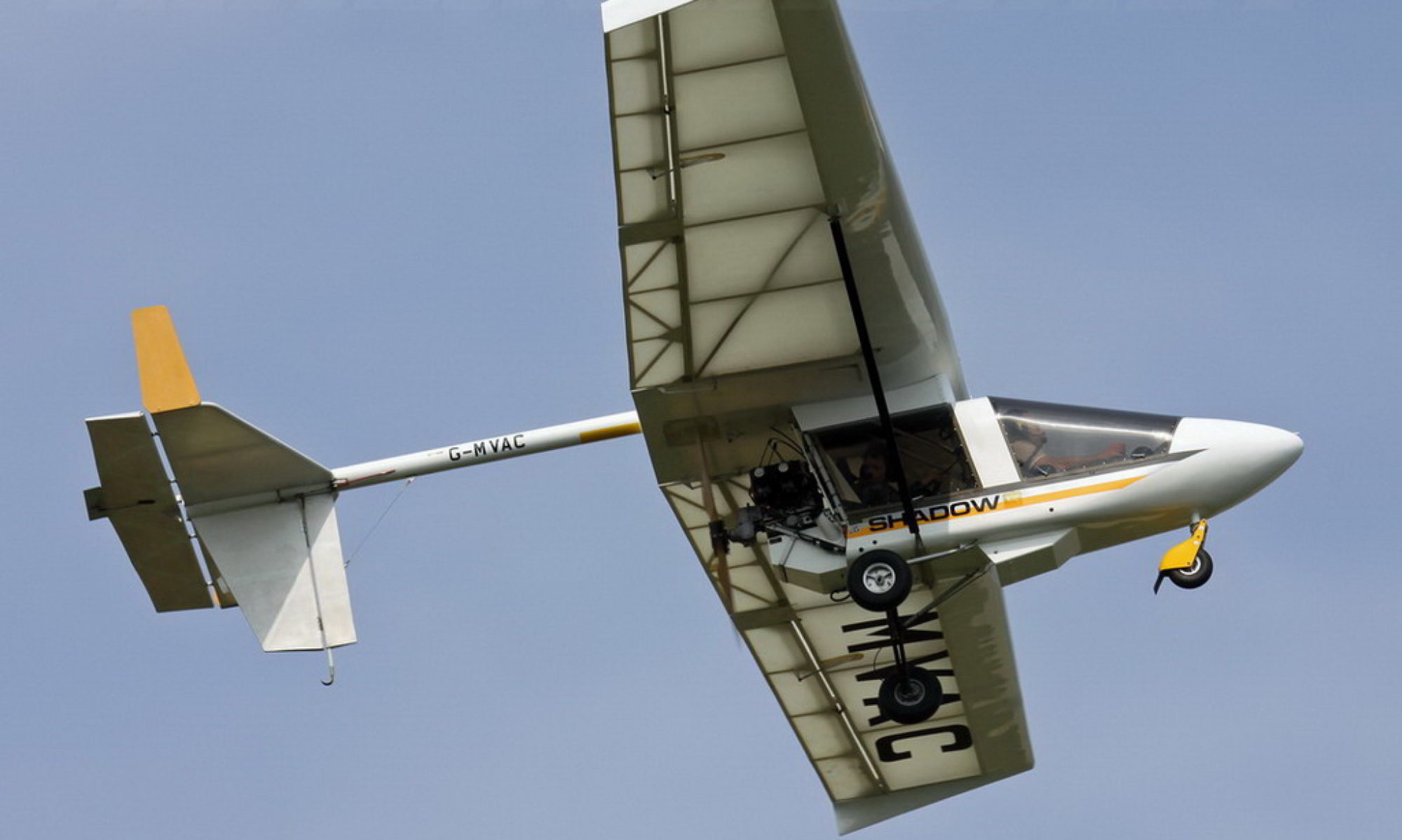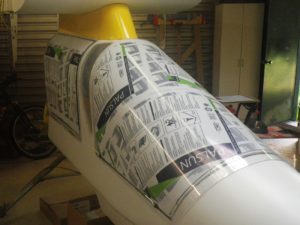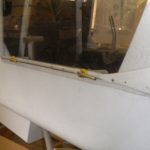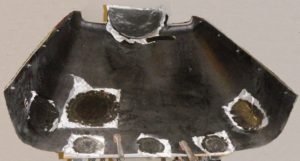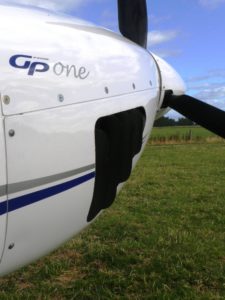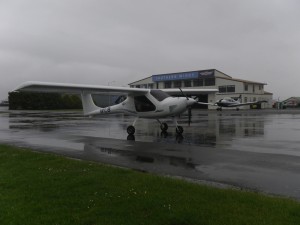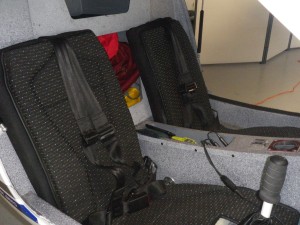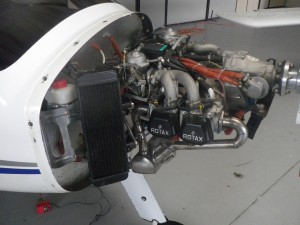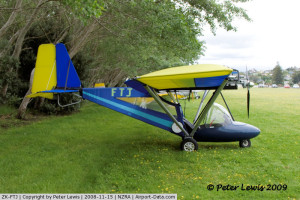Sandwich construction allows microlight aircraft to have lightweight, stiff panels. But when they are damaged, the repair requires lots of patience and a light touch.
This tailplane (Horizontal Tail Unit) from a light sport aircraft had impact damage which required repair of the outer skin and foam core. In one place, the inner skin needed repair. All without being able to get inside the structure.
The tailplane was assessed externally, searching for any signs of deformity, delamination, etc. A borescope proved handy for a reassuring internal check. After carefully sanding the paint off the suspect areas, I could now see the structural damage. Mostly it was cracks in the outer skin, but in a few places the rigid foam core was dented or punctured.

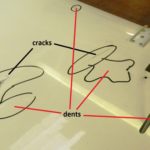
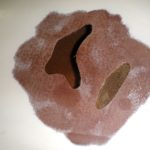
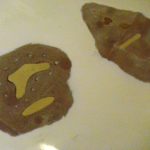
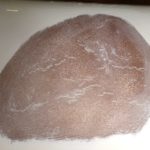
The damaged foam core was delicately removed without cutting the inner skin. Sculptured pieces of specialised 3mm PVC foam were bonded in. Each damaged area was then skinned with lightweight fibreglass to recreate the original sandwich construction. Last job was to carefully fair the repairs using ultra-lightweight filler.
Very satisfying to get this tailplane back to rights.
